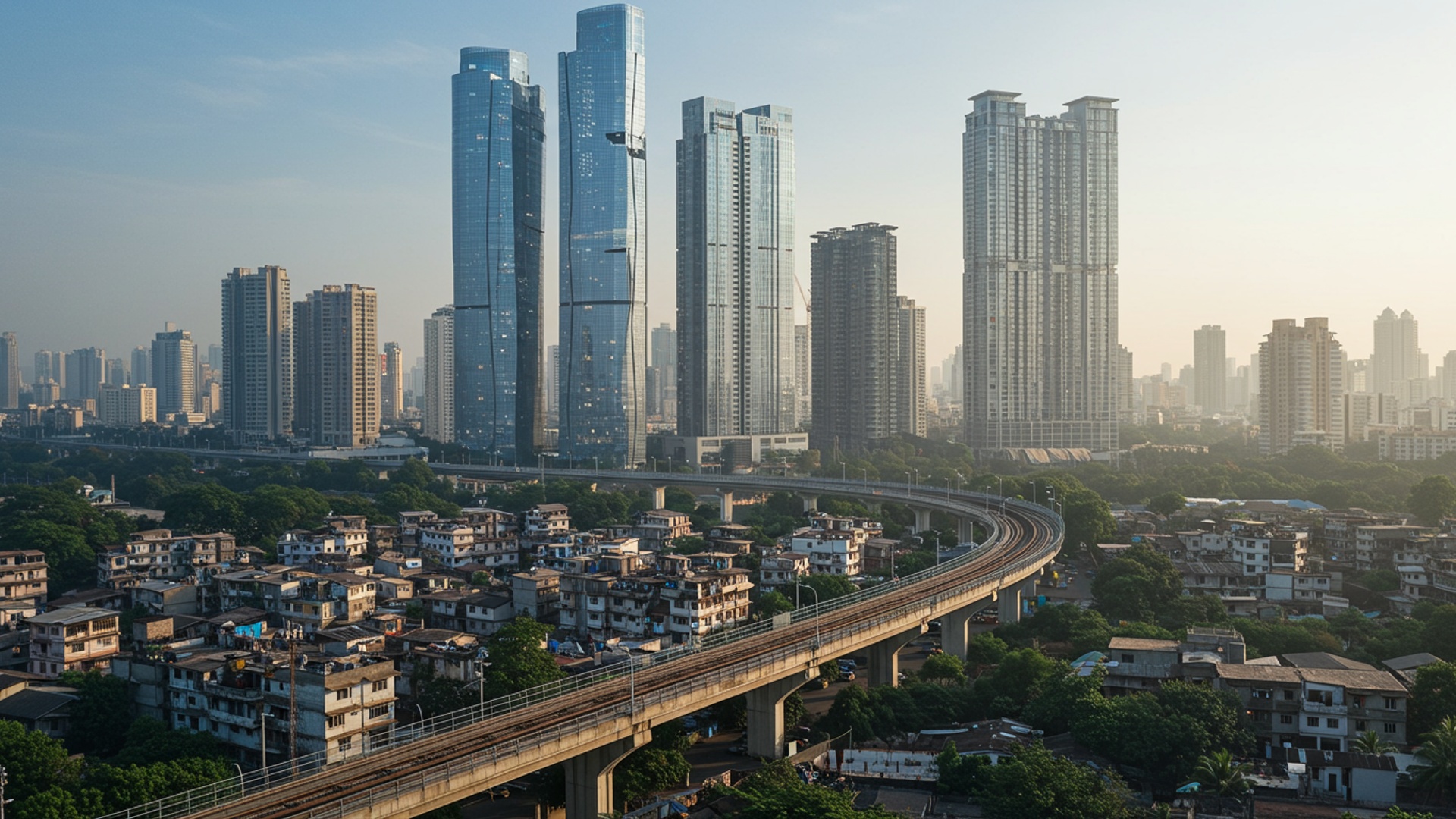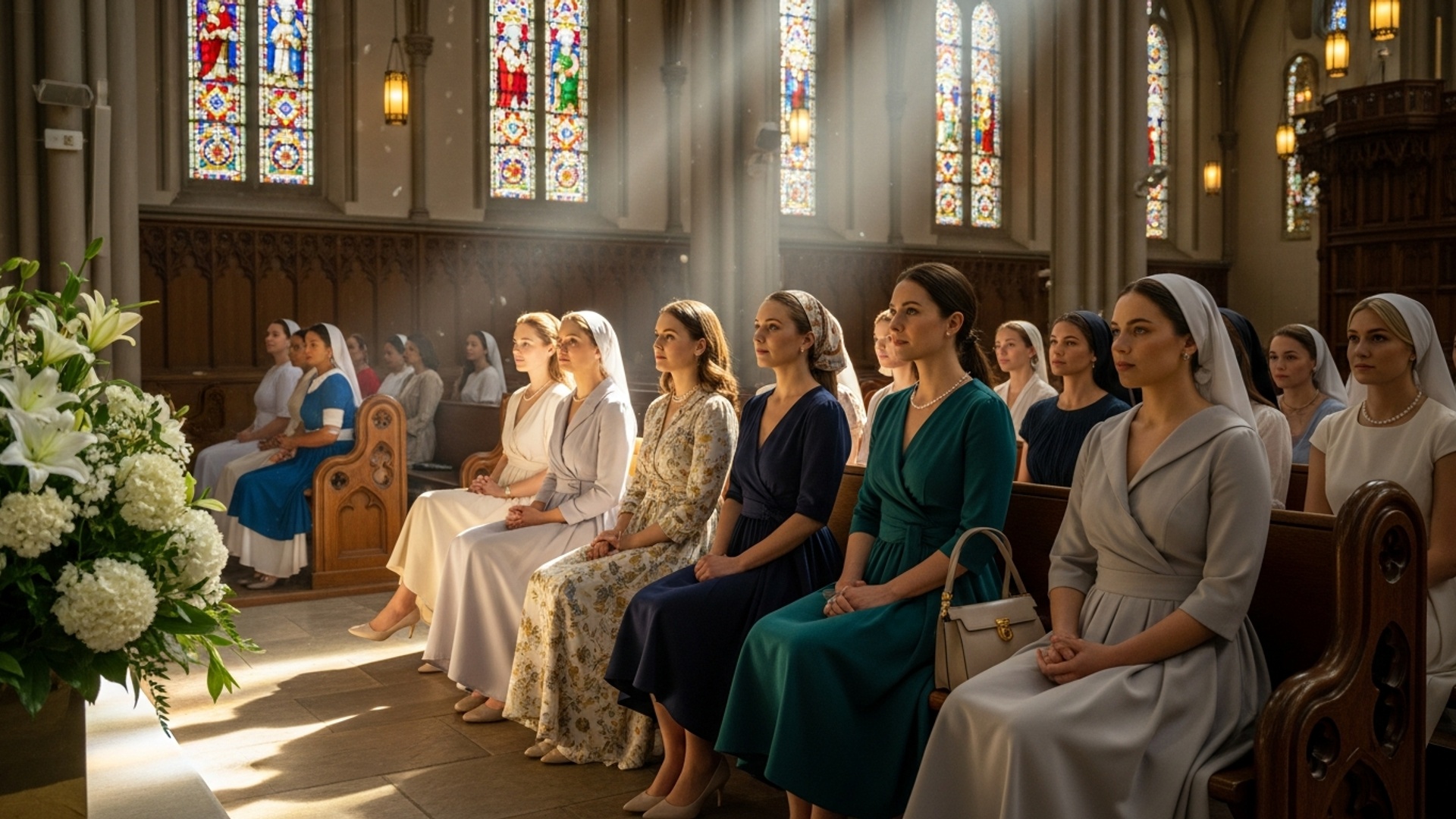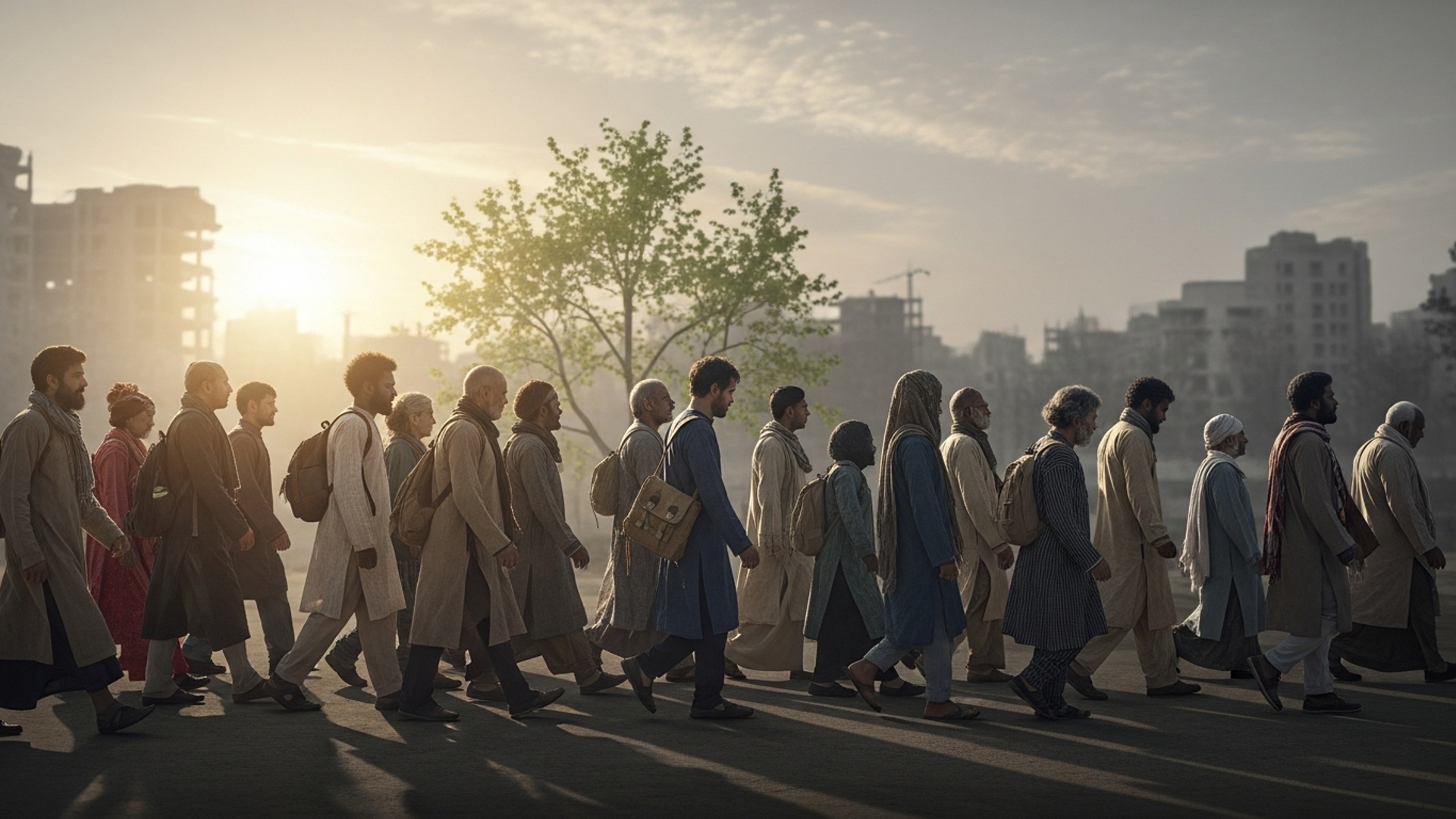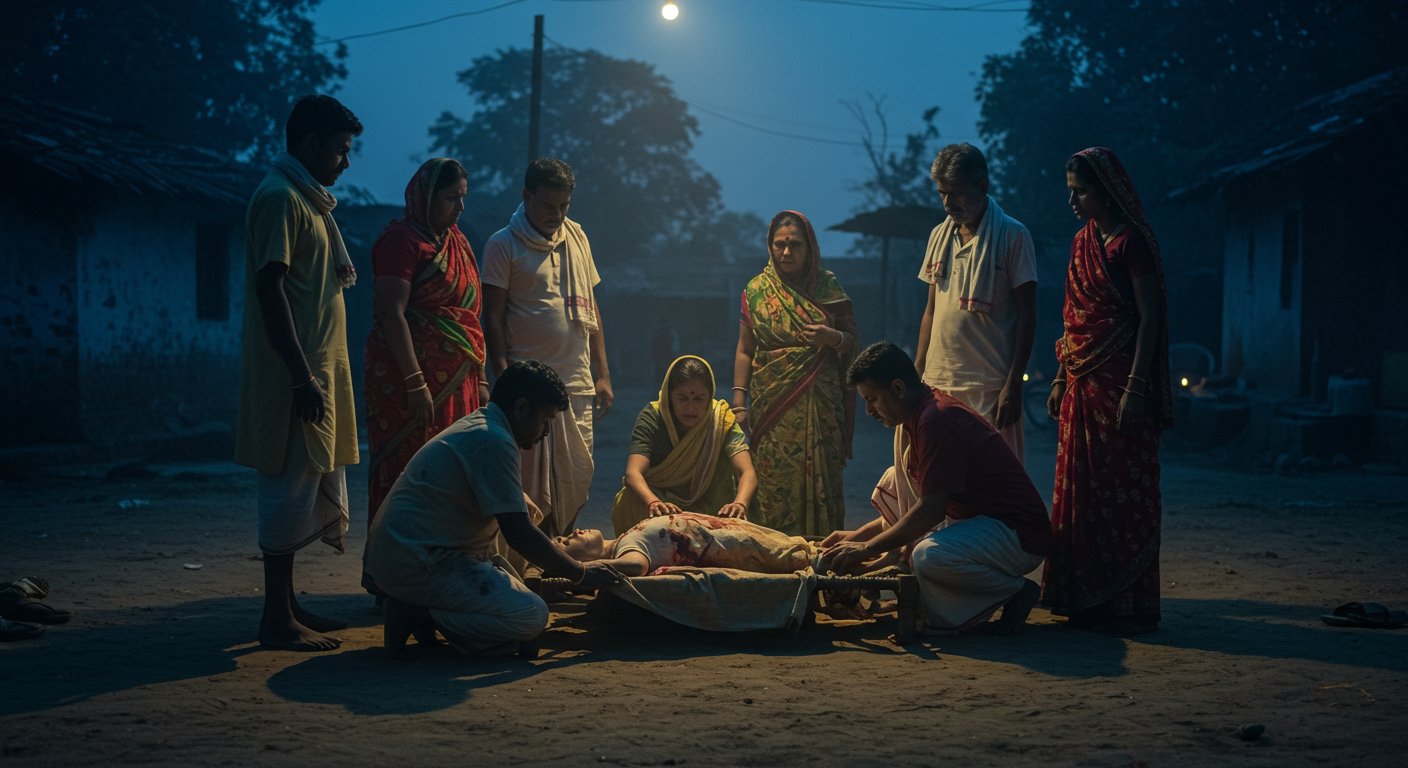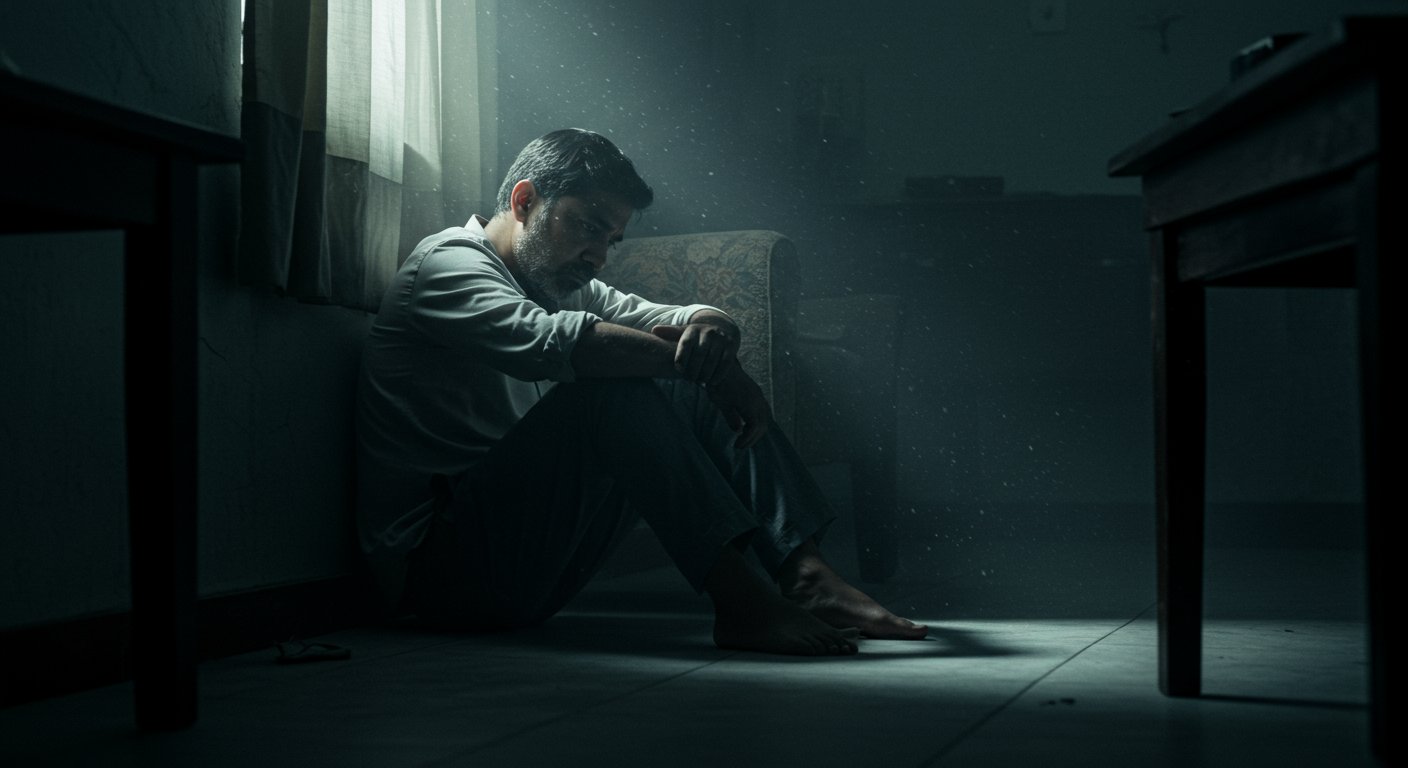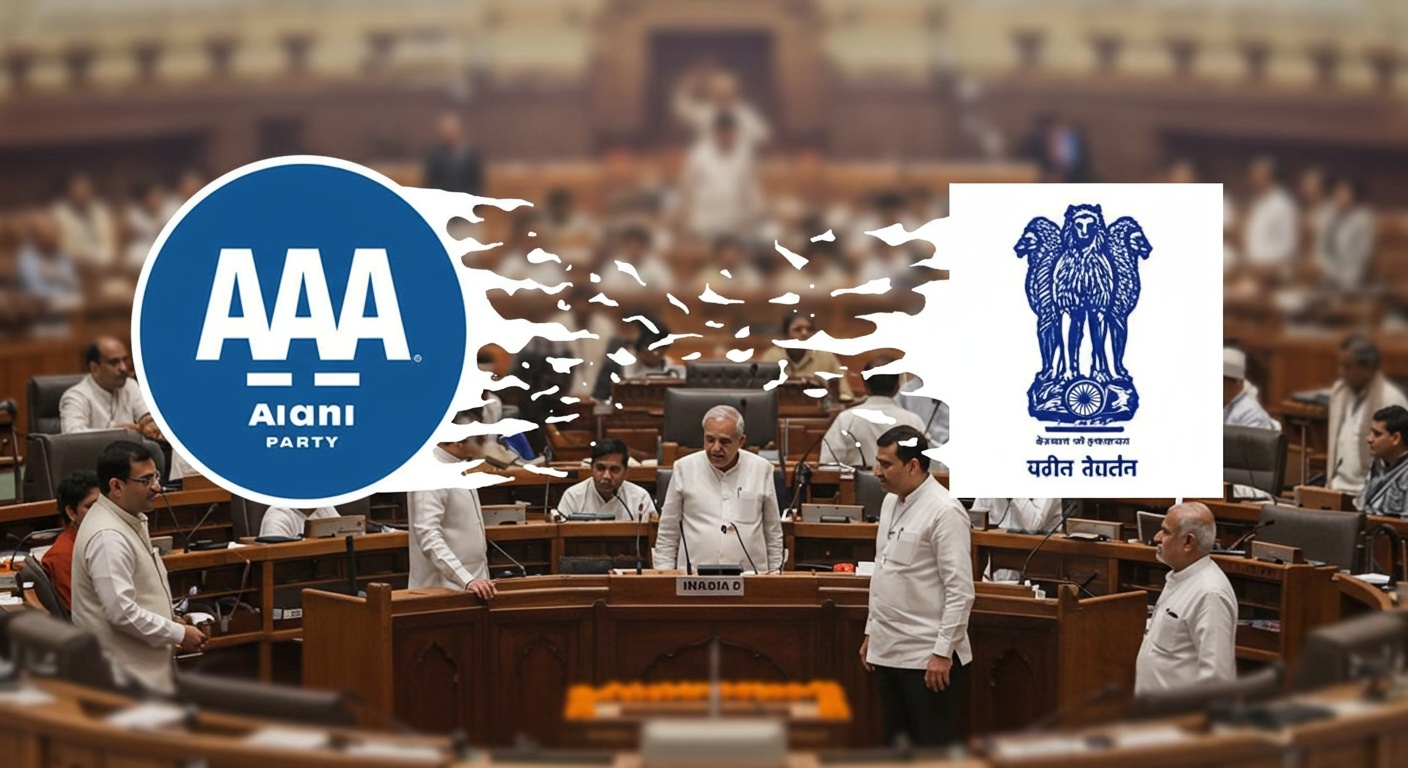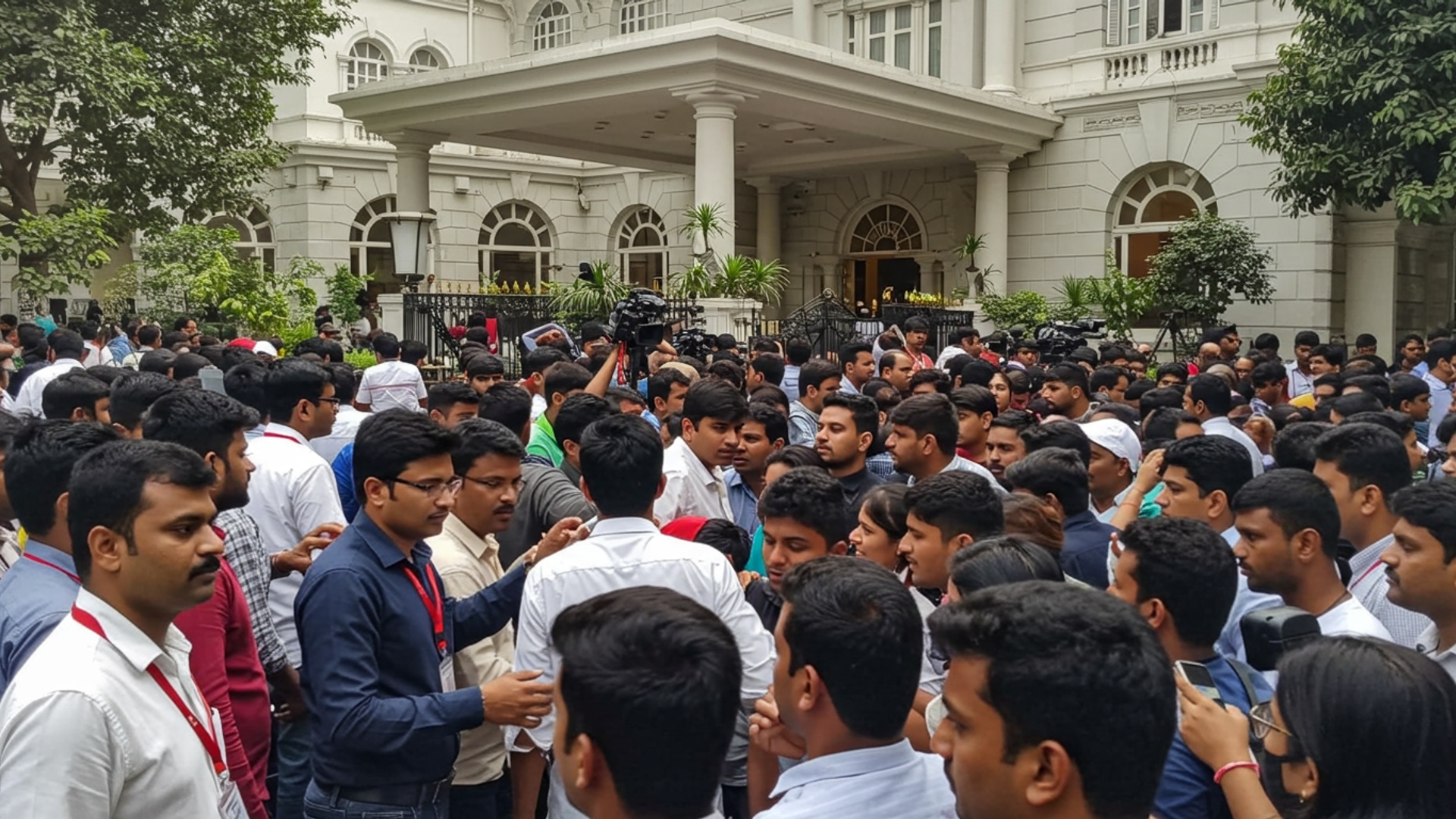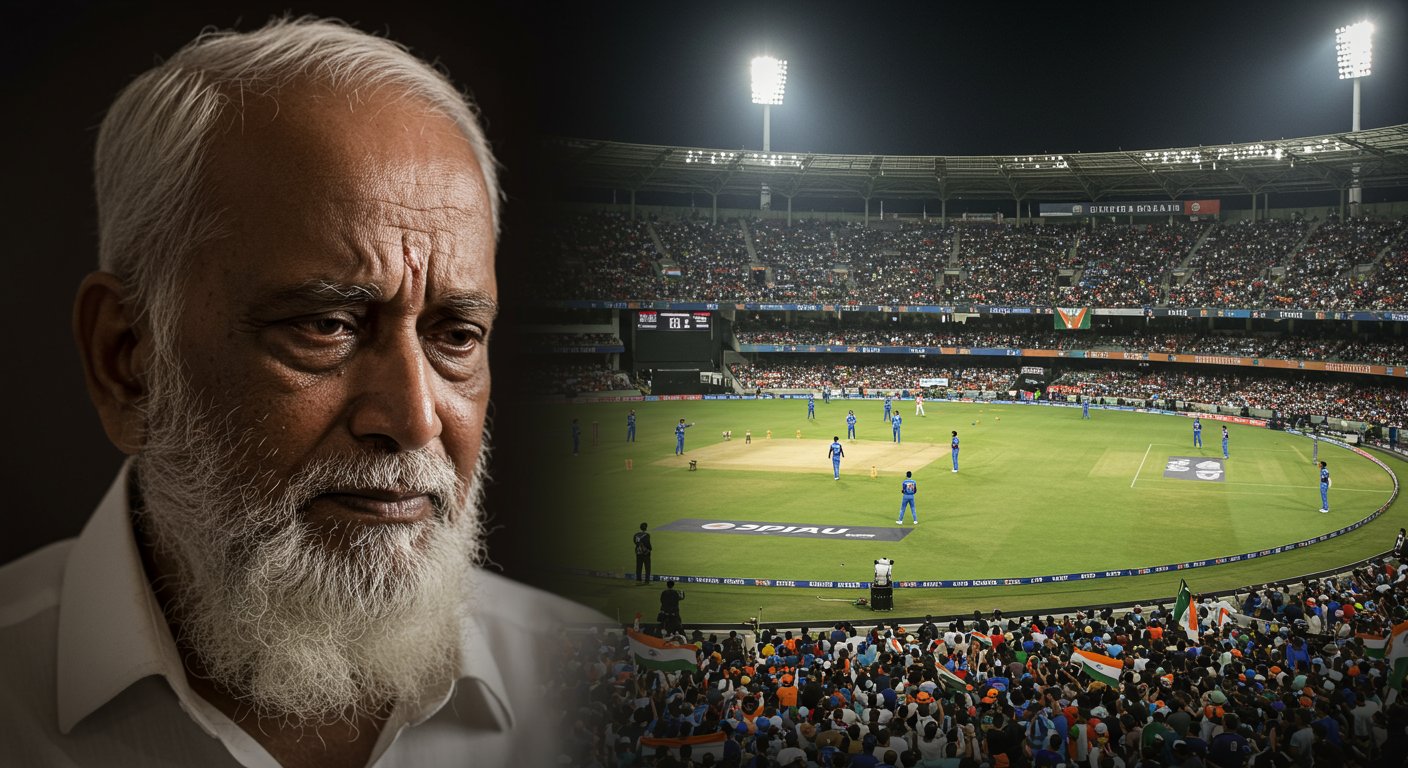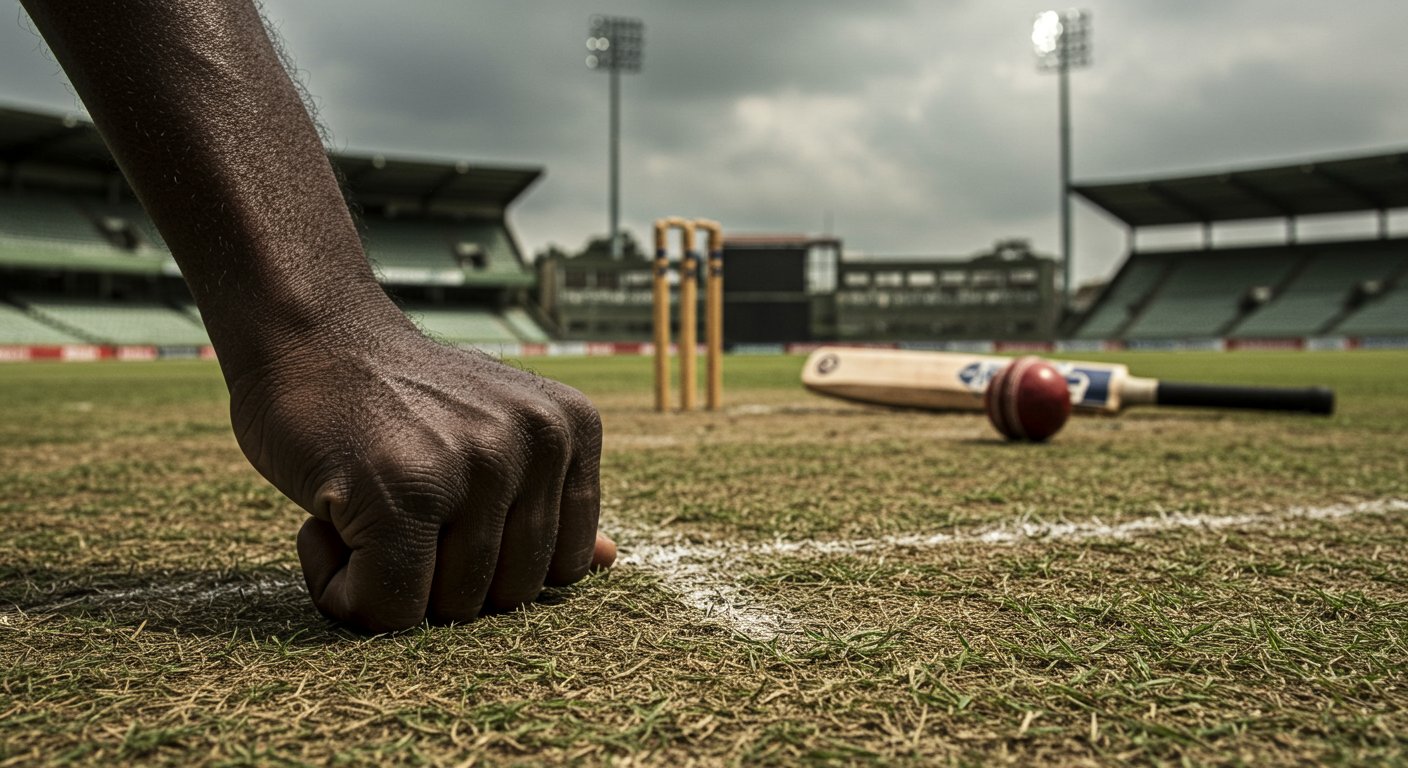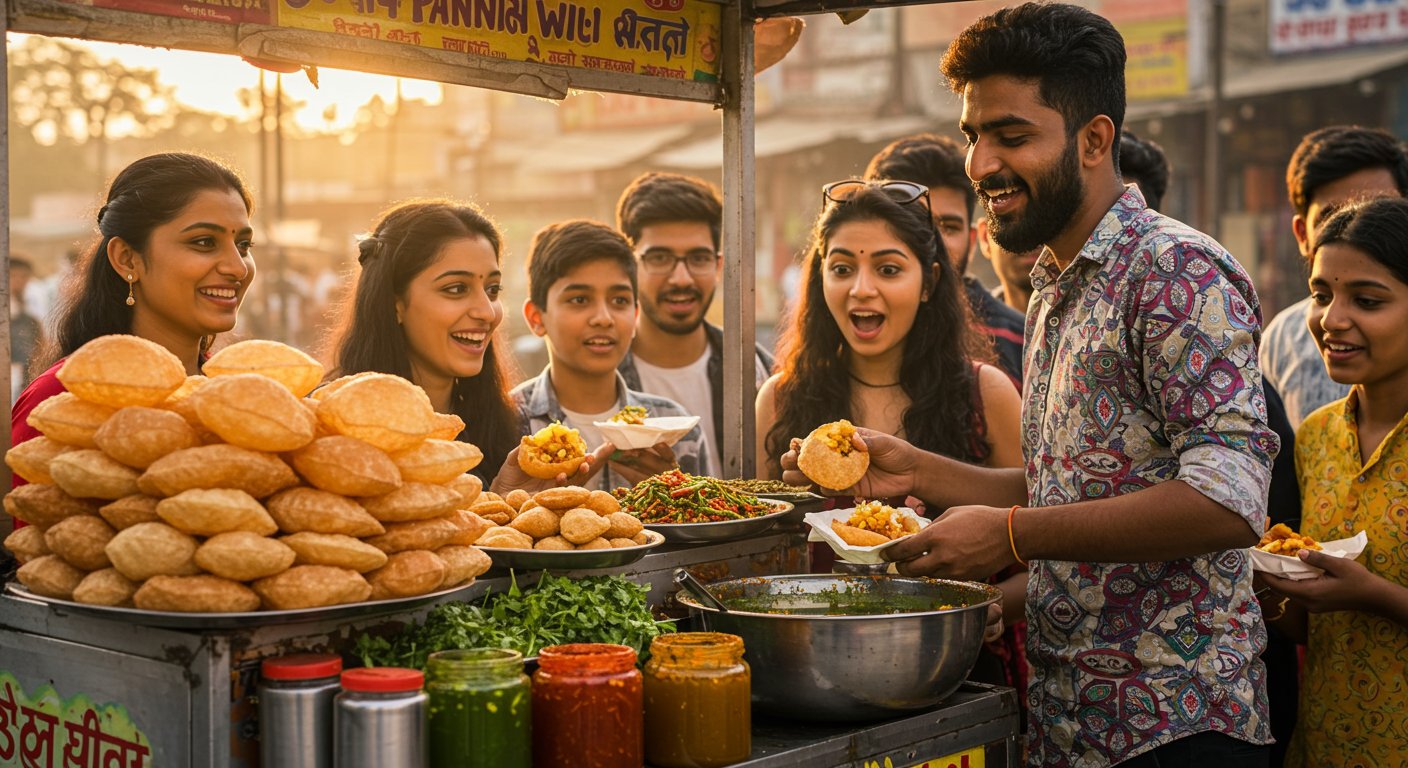Mumbai’s property prices remain shockingly high, defying the widespread belief that a boom in new roads, flyovers. public transport would make homes more affordable. Across the city, even as big building projects aim to improve how people live and move, the cost of houses and flats shows no sign of dropping. This makes it incredibly hard for common people to buy a place, keeping the dream of owning a home in this busy city just that—a dream for many.
Prices Remain High
Mumbai’s real estate market has shown strong performance, achieving its best half-yearly results ever in the first half of 2025. Property registrations in the city reached a high of 75,672 units between January and June 2025. This marks a 4% increase compared to the same time last year. Money collected from these registrations went up by 14%, reaching 6,699 crore rupees, showing that people are still interested in buying property and prices are going up. ,
Even though there was a small drop in the number of property deals in June 2025 compared to June 2024, the amount of money collected stayed strong. This means that more high-value properties are being sold. The average cost of homes sold in Mumbai rose to 1. 60 crore rupees in the first half of 2025. This is a 55% increase over four years, showing a clear move towards more expensive homes. Property prices in the Mumbai Metropolitan Region (MMR) went up by 4% year-on-year in the third quarter of 2024. Areas like Panvel saw the biggest jump, with prices going up by 12% year-on-year, followed by Thane and Mumbai City, which both saw an 11% rise. This rise in prices has been happening for 15 straight quarters since 2021, showing steady demand and a good market mood.
Recent Big Building Projects
Mumbai has seen many large building projects in recent times. These projects include new metro lines, highways. links. , The aim of these projects is to make travel easier and connect different parts of the city and its nearby areas. , For example, the Mumbai Trans Harbour Link (also called Atal Setu), which is 21. 8 kilometers long. the Coastal Road are major projects. The metro network is also growing fast. The Navi Mumbai International Airport is another big project that is changing how people and goods move around the region. The Mumbai Metro Line 2A and Line 7 are already working, making travel better in the western suburbs. Line 3, connecting Colaba, Bandra. SEEPZ, will make daily travel faster. The Coastal Road project will connect Marine Drive to Kandivali, reducing travel time and boosting building in the western suburbs. These projects make areas that were once far away or hard to reach much more appealing to buyers and renters. ,
- The Mumbai Trans Harbour Link (Atal Setu) is a 21. 8 km bridge.
- The Coastal Road Project aims to connect Marine Drive to Kandivali.
- Several Metro Lines have been built or are being expanded, like Line 2A, Line 7. Line 3. ,
- The new Navi Mumbai International Airport is also a key project. ,
These new roads, metro lines. business areas usually increase the demand for properties nearby, which in turn pushes up prices.
Why Properties Cost So Much
Despite the many new building projects, property prices in Mumbai remain very high. This is mainly due to a few key reasons. ,, One major reason is the city’s unique geography. Mumbai is an island city, surrounded by the Arabian Sea on three sides. ,, This means there is very little new land available to build on. ,, Unlike most other cities that grow in a circular way, Mumbai’s growth has been mostly in a straight line, from the south to the northern suburbs. , This limited space means that the supply of homes cannot keep up with the demand. ,,
Another big factor is the large and growing population. Mumbai is a major center for jobs and business, drawing many people from all over India every year. ,, This constant flow of people greatly increases the demand for housing. ,, Even though new homes are built, the number of people wanting to live in the city is much higher than the number of homes available. ,, This imbalance between what is needed and what is available makes prices go up. ,,,,
In addition, policies related to building, such as the Floor Space Index (FSI), have not changed much over the years. , FSI rules limit how much can be built on a piece of land. When these limits stay the same while demand keeps rising, it leads to a shortage of space, which also pushes up prices. The cost of buying land for building is also very high in Mumbai. , Some experts also point to the buying of properties by investors who aim to sell them for a higher price later, which can also make prices go up artificially. The city’s status as a global financial center also attracts investors, adding to the demand. ,,
Effect on Common People
The high property prices in Mumbai create a major problem for many people trying to find a home. ,,, It is very hard for even well-paid people to buy a home. One study showed that the top 5% of earners in India would need to save 30% of their income for 109 years to buy an average-sized home in Mumbai. This means that a home costing 3. 54 crore rupees is out of reach for most, even those earning well.
The situation is even worse for middle-class and lower-income families. , Many middle-class families cannot afford homes in central parts of the city, so they have to look for homes in far-off suburbs. This often means long and tiring daily commutes. For lower-income groups, finding an affordable home is very difficult, leading many to live in small rented spaces or informal settlements. The high cost of living in Mumbai, mainly because of expensive housing, is a big problem. About 52 lakh people in Mumbai live in slums, which means about 42% of Mumbai’s housing consists of slums. An average 269 square foot home costs 28 lakh rupees, which is far too expensive for most people whose average yearly income is 2. 4 lakh rupees.
What vital People Say
Leaders and experts agree that property prices in Mumbai are a big problem. The Chief Minister of Maharashtra, Devendra Fadnavis, has pointed out that despite major building improvements in the Mumbai Metropolitan Region, housing prices keep going up. He said that normally, such growth in infrastructure should make prices more stable. in Mumbai, they are still rising. He also mentioned that the main issue is that there are not enough homes for all the people who want them. He has called for new ways of building and for builders to work more with the government to create more affordable homes and new city areas.
Maharashtra Chief Minister Devendra Fadnavis has said that despite sweeping infrastructure improvements across the Mumbai Metropolitan Region (MMR), which should have eased supply constraints and moderated property prices, housing prices across the city and peripheral areas continue to rise, underlining the challenges of affordability in India’s most expensive real estate market.
Real estate experts generally see a direct link between building projects and property prices. , As areas become better connected, they become more appealing to buyers and investors. , This increased interest leads to higher demand and prices. , For example, areas near new metro stations or main roads see a rise in demand, which pushes up prices.
Mr. Boman Irani, president of CREDAI (Confederation of Real Estate Developers’ Associations of India), noted that the continued rise in housing prices shows that buyers are confident. He said that the market is good for growth, with more people wanting expensive homes.
Government’s Efforts and Problems
The government has tried to solve the housing problem in Mumbai. They have started schemes to provide affordable homes. , But, these efforts have had limited success so far. One reason for this is that projects are often approved slowly. different government departments do not always work well together. Schemes like the Pradhan Mantri Awas Yojana (PMAY) and MHADA mostly help lower-income groups, often leaving middle-class families without support.
The issue of very high prices makes it hard for these schemes to be truly helpful for many. For example, homes for economically weaker sections should not cost more than 20% of a household’s income. the total cost should be up to 3 times the yearly income. But, the average price of homes in Greater Mumbai is much higher than what most people can afford. The supply of affordable homes is also limited, which leads to high competition. Also, the money limits for government help are often too low for the real cost of homes in Mumbai.
Since 1995, only about 2 lakh public homes have been added. at least 11. 36 lakh homes are needed today. This number does not even include future needs. There is a clear need to review and change policies to find a balance between collecting money and making sure homes are affordable for the city’s people.
![]()
